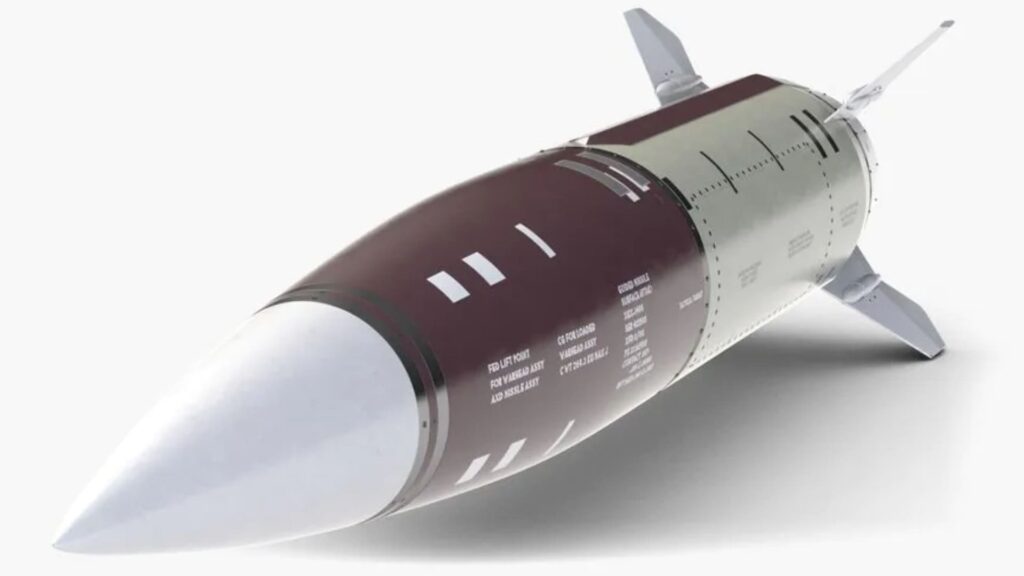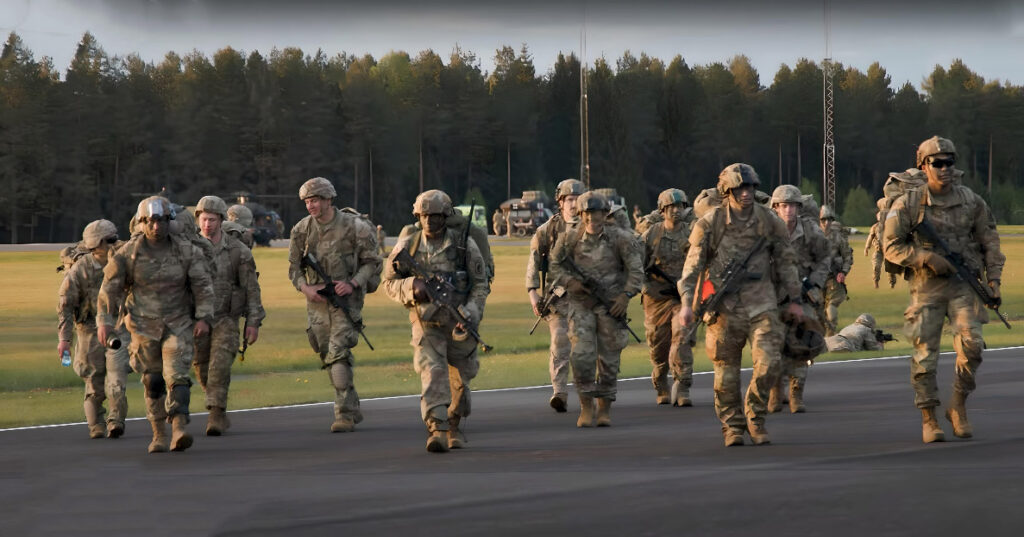July 11, 2025, marked a significant turning point in the evolving strategy of American support for Ukraine. In an interview with NBC News, President Donald Trump confirmed the launch of a new delivery mechanism for military aid to Kyiv—one that places a central role on international alliance structures. Under this framework, U.S.-made weapons are provided through the alliance system, with the full cost covered collectively by its member states.
“We’re sending weapons through the alliance. The alliance pays 100% for that equipment. Then that equipment is delivered to Ukraine,” Trump explained.
This model, approved during the June summit in The Hague, enables the administration to reduce direct budgetary costs while maintaining strategic influence in a region that remains highly volatile.
According to Reuters, in addition to this multilateral arrangement, Washington is also preparing a separate military assistance package worth approximately $300 million. It may include Patriot air defense missiles and GMLRS rockets used in the HIMARS systems. Focus on Ukraine’s air defense has intensified following a series of infrastructure and civilian strikes, including a massive July 4th attack involving over 500 drones and missiles.
Despite concerns from the Pentagon about dwindling stockpiles, Trump has authorized the use of presidential powers to send weapons directly from U.S. reserves. The New York Times reports that the U.S. currently holds only 25% of the Patriot missiles needed to fulfill its strategic defense plans. This shortfall prompted the temporary pause in aid seen in June.
However, geopolitical realities have demanded flexibility. In a July 5th phone call with Ukrainian President Volodymyr Zelenskyy—described by Zelenskyy as “productive and decisive”—both sides agreed to coordinate military teams to streamline air defense logistics.
The Hague summit was also a milestone for long-term planning, as alliance leaders agreed to raise defense spending to 5% of GDP by 2035. According to The Washington Post, this commitment aims to bolster shared resources for continued support of Ukraine, easing the financial burden on individual states.
Germany and the United Kingdom have taken particularly active roles, pledging to increase supplies of air defense systems and armored vehicles. The new multilateral delivery model reinforces a broader security framework and shows that collective aid can be just as effective as bilateral support.
Washington’s pivot in its aid structure is more than a gesture of alliance solidarity—it reflects an effort to balance domestic limitations with global commitments. The new direction sends a clear message: support continues, but it will be delivered under a more pragmatic and sustainable approach.
In a fast-changing global environment, this transformation could serve as a model for flexibility—preserving strategic intent, but through a different lens.



